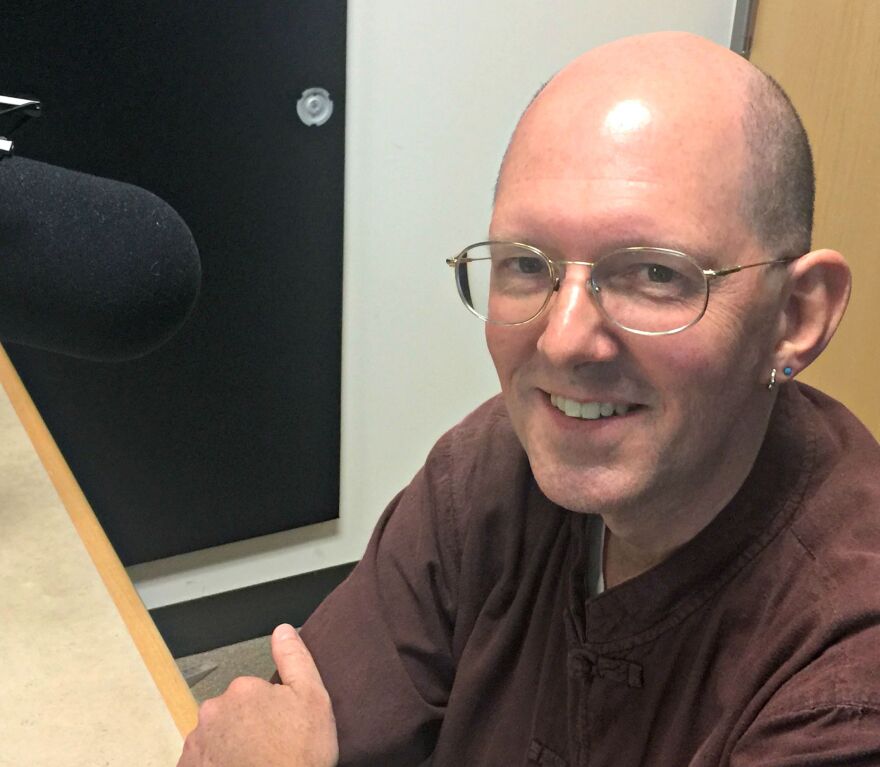This essay originally aired on October 15, 2015.
I grew up in Mill Valley, California which is a funky town surrounded by beautiful redwood trees. Now, I live in State College with my wife and son. The two towns are separated by almost an entire country, and have different histories. What could they possibly have in common? There’s one thing in particular that makes them both dear to me.
Mill Valley just isn’t the place it used to be. My old friends and I all say it, and for years, I’ve been saddened every time I’ve visited my home town. When my family moved there in 1967, it was a quiet, artsy town. It is nestled right in the redwoods, just over the Golden Gate Bridge. As I was growing up, many artists and musicians were attracted to its serene beauty, just as my parents were. They came into our schools and taught special learning enrichment programs and opened our young minds to ideas well beyond the three Rs. And gradually, real estate prices skyrocketed.
What’s left now is a chic town populated almost entirely by the uber rich. Downtown, which used to be a mostly functional community of markets, hardware stores and pharmacies, now consists of art galleries, high-end boutiques, and pet beauty parlors. It seems that many of its current residents just bought their way in, and don’t appreciate the legacy of this special place.
For years I’ve avoided going back, telling myself that you just can’t go home again. But I recently returned with my wife and son for my father’s eightieth birthday. I wanted to take my son to Old Mill Park, across from my old grade school, where the town library still stands. The old sawmill replica, the town’s namesake, is still there, standing over the same creek. When my son climbed on it, just as I used to, it was like looking back in time at myself. The park is as it was. Below the library is the same amphitheater where we saw musical performances during the fall arts festival and had summer day camps. But most striking of all are the trees: statuesque and unchanged.
I realized that those tall redwoods are some of my oldest friends. The huge stumps hollowed out by nature’s cycles were forts, they were caves, they were pirate ships, they were rockets, they were hiding places. Seeing my six-year old playing in these very same trees cast the place in a new light.
The trees were there long before we were, and will still be there long after my son is grown. They have seen it all, and yet they remain the same. What stories they could tell. The true heart and soul of Mill Valley has not been lost. It is encased in those redwoods. They exist on a different timescale, standing for things that are more eternal than our fleeting, human pace. They embody the principles that define us, overshadow us, and survive us. Of course, I didn’t appreciate them that way when I was young, because true appreciation can only come with age and experience.
When I moved to State College, I was drawn to the Park Forest neighborhood. Although he forest may not be redwoods, the idea of living in a place where the backyard is a forest reminded me of Mill Valley, and the impression it left on me. I hope turns out to be as meaningful for my son.
I believe in trees.
Mark Ballora teaches music technology at Penn State University Park. Write your own essay and tell us what you believe in.






